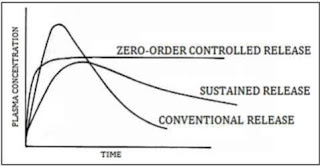How to make a class-100 clean room in your premise- describe all the necessary factors needed to be considered.
A class-100 clean room is a controlled environment that has fewer than 100 particles larger than 0.5 microns per cubic foot of air. These clean rooms are typically used in industries such as electronics, pharmaceuticals, and biotechnology, where even the smallest particles can cause damage or contamination to sensitive materials or products. To make a class-100 clean room in your premise, you need to consider the following factors:
Location: Choose a location for your clean room that is away from high-traffic areas, dust sources, and sources of vibration. Ideally, the clean room should be located in an area that is easy to access but does not receive a lot of foot traffic.
Size: Determine the size of the clean room based on the number of people who will be working inside it and the equipment that will be housed within it. Ensure that the clean room is large enough to accommodate all equipment, supplies, and personnel comfortably.
HVAC System: The HVAC (heating, ventilation, and air conditioning) system is critical to the performance of a clean room. It should be designed to provide a sufficient number of air changes per hour to maintain the desired cleanliness level. The air filtration system should be capable of removing particles as small as 0.3 microns.
Positive Pressure: The clean room should have positive air pressure, which means that the air pressure inside the clean room should be higher than the pressure outside. This helps prevent particles and contaminants from entering the clean room.
Surface Materials: Choose surface materials that are easy to clean, do not produce particles, and are resistant to chemicals. Stainless steel is a common choice for clean room surfaces.
Lighting: Adequate lighting is essential in a clean room. Use lighting fixtures that are easy to clean and do not produce particles.
Clothing: Anyone entering the clean room should wear special clothing, including a cleanroom suit, gloves, and a face mask. These garments help prevent contamination from human skin, hair, and other particles.
Procedures: Establish standard operating procedures for entering and exiting the clean room, handling materials, and cleaning the room. These procedures should be strictly followed to maintain the cleanliness of the room.
Testing: Regularly test the clean room to ensure that it meets the desired cleanliness level. This can be done using particle counters or other testing equipment.
Training: Train all personnel who will be working in the clean room on the importance of cleanliness, proper procedures, and the potential risks of contamination. Regular training sessions should be conducted to ensure that everyone is up to date on the latest procedures and protocols.
In summary, making a class-100 clean room in your premise requires careful planning, attention to detail, and adherence to strict protocols. The key factors to consider are location, size, HVAC system, positive pressure, surface materials, lighting, clothing, procedures, testing, and training. By following these guidelines, you can create a clean room that meets the highest standards of cleanliness and ensures the safety and integrity of your products and materials.



Comments
Post a Comment
Thanks